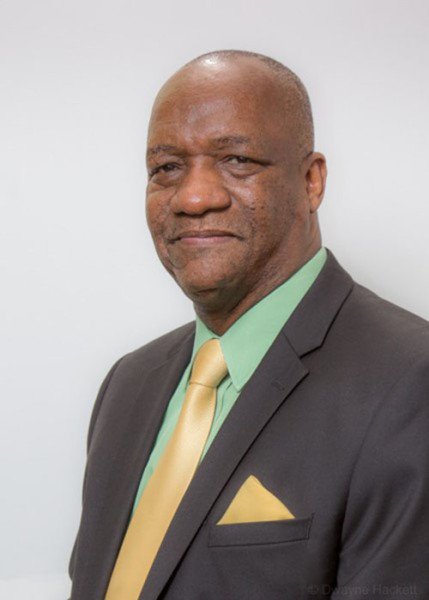Government is seeking international assistance to improve the country’s ability to detect aircraft which enter its airspace illegally, Minister of State Joseph Harmon said yesterday.
Speaking during a post-Cabinet press briefing, Harmon said the situation is a major concern to government, particularly as it relates to the smaller airstrips, which are scattered across the country.
“We are seeking international help to ensure that we can detect any aircraft which violates our airspace and in fact lands on any of these airstrips,” he said.

“As I said, it is quite a challenge because of the vastness of our borders and the huge amounts of space that is there for smaller type aircrafts to actually get below the radar and land in these areas. We have to depend on human intelligence… people in the community to report and our own limited resources,” he said.
On Wednesday, Minister of Foreign Affairs Carl Greenidge told Stabroek News that Guyana has reported overflights by Venezuela, for the completing of an atlas and digital mapping, to United Nations Secretary General Ban Ki-moon.
The Foreign Affairs Minister informed that Guyana was very concerned about publications in Venezuela’s state-run press about actions being taken to claim the Essequibo region. “They published information that they are carrying out overflights over the Essequibo with a view of completing an atlas of Venezuela, which would include two thirds of Guyana, and that they are doing a digital mapping of the area, again with the purpose of getting the details,” he said.
“The overflights are themselves illegal in international law,” he added, while noting that international help would also be sought to determine if the overflights and mappings are indeed occurring.
Asked if the international assistance he had spoken of includes acquiring data on the reported overflights by Venezuela, Harmon yesterday said, “well certainly,” before pointing out that Guyana is part of the UN system. He said that once there is a violation of Guyana’s airspace, it is Guyana’s duty to report it under this system.
Harmon said that in the case of the mapping operation, the “aircraft they fly so high that you probably don’t know that it has happened until you see the results of it and in that regard we have to basically depend to a large extent on our international cooperation with other countries and the fact that once these matters are reported that we register our concerns at the appropriate fora internationally.”
He added that what has been recognised is that it is important to report “any violations of our air, land or sea space to the United Nations to ensure that we have a record of these things. It is important and that is a course of action which we have taken.”
Asked what steps are being taken by government to ensure there is total radar cover of the country, Harmon said it should be recognised that this would be a major assignment.
“There are certain steps that are being taken now by the Ministry of Public Infrastructure under the Civil Aviation Authority and the Airport Manage-ment for a number of things to be done. At the level of the airstrips, these rehabilitation works are going on. At the level of safety, the ministry has recently had the services of Colonel [Egbert] Fields, who is an expert in this area and he is now the Director of [the] Civil Aviation Authority,” he said.
During the press briefing, Harmon also informed that Cabinet has given no objections to more than $365 million in contracts for the rehabilitation of seven airstrips in regions Seven, Eight and Nine.
Asked later about employment of hinterland residents for the rehabilitation works, Harmon said that apart from providing the infrastructure, government wants to promote economic activities in these communities. “We have made a point since we came into government—once these contracts are awarded, to ask the contractors to ensure that local labour benefits from the work that is taking place in these communities,” he said, while adding residents within communities have benefited from work and in some cases the sub-contracting of some aspects of the contracts.




